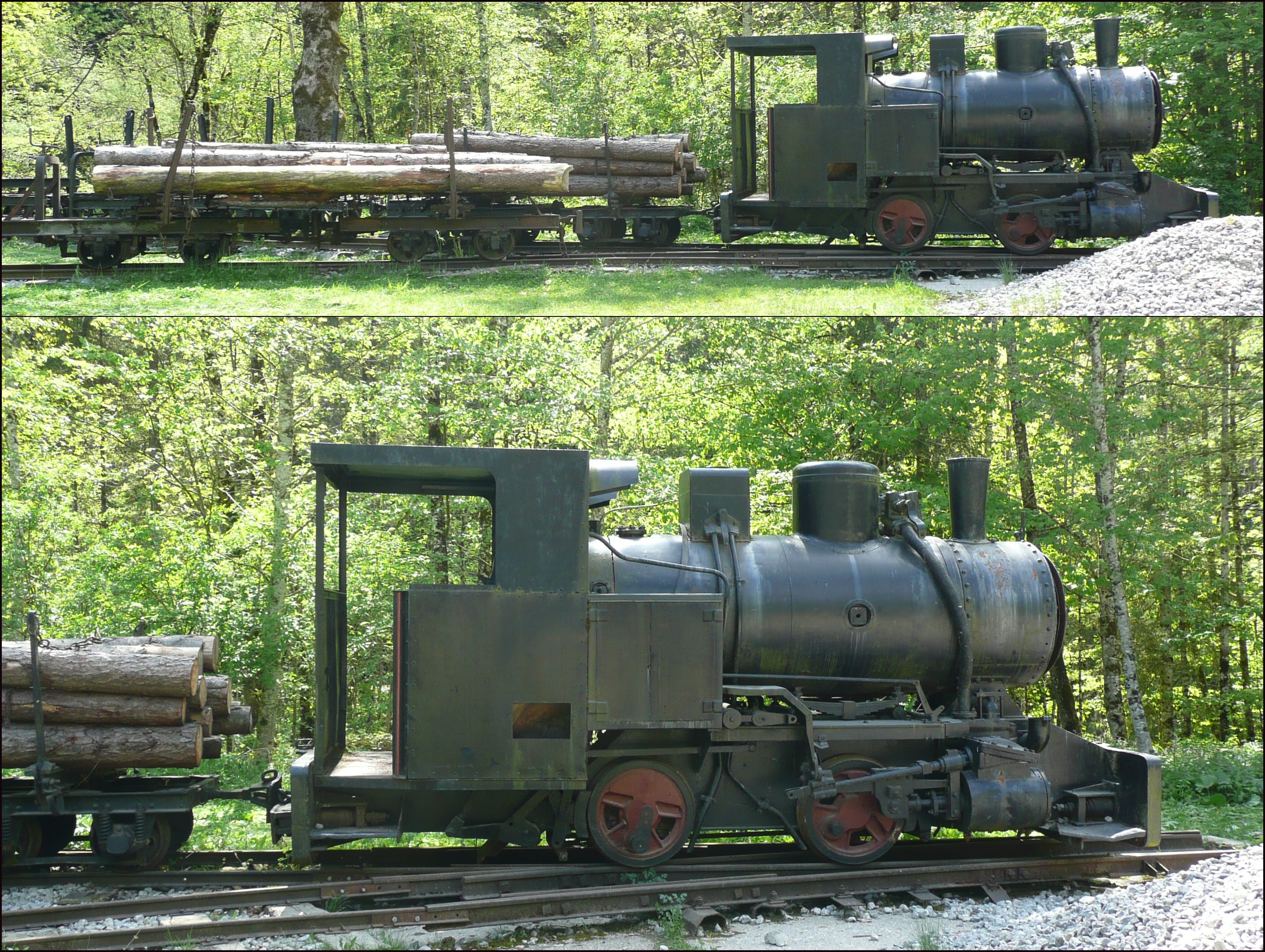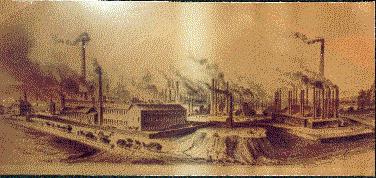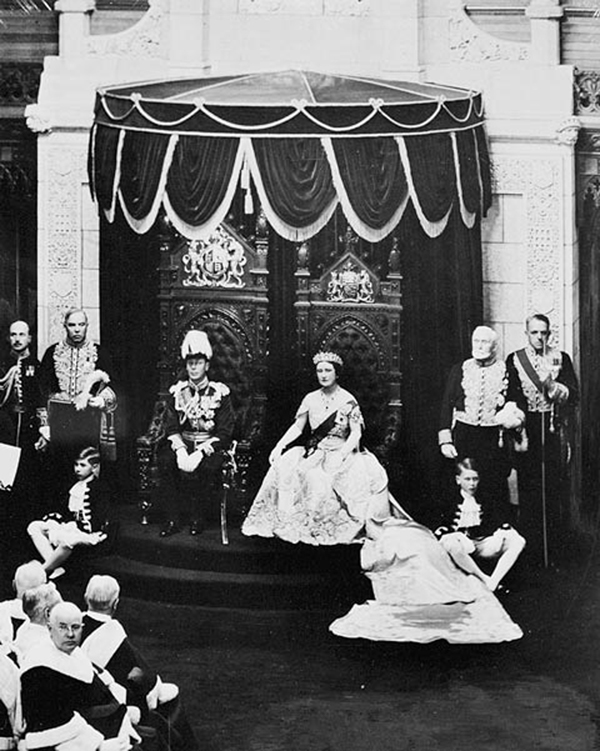|
History Of Skipton
The small town of Skipton in North Yorkshire, England, has been around as far back as 1085, is listed in the ''Domesday Book'', and has roles in history during the English Civil War and as the site of a prisoner-of-war camp during both the First World War and Second World War. Pre-Conquest Evidence for prehistoric habitation in the Skipton area includes an "important outlying group" of cup and ring marked rocks on Skipton Moor, to the south-east of the town, and in the same area there is an enclosed Iron Age hilltop settlement. Middle Ages Skipton has an entry in the Domesday Book, the great survey of England compiled in 1085 by William I. Skipton Castle was built in the 11th century, probably around 1090 by Robert de Romille, who came over from Normandy with William I in 1066. Reginaldus Flandrensis witnessed a Skipton charter around 1130. "He held an office of trust as Seneschall of Skipton Castle, and we must assume that these lands were given to him at about that time a ... [...More Info...] [...Related Items...] OR: [Wikipedia] [Google] [Baidu] |
Skipton
Skipton (also known as Skipton-in-Craven) is a market town and civil parish in the Craven district of North Yorkshire, England. Historically in the East Division of Staincliffe Wapentake in the West Riding of Yorkshire, it is on the River Aire and the Leeds and Liverpool Canal to the south of the Yorkshire Dales. It is situated north-west of Leeds and west of York. At the 2011 Census, the population was 14,623. The town was listed in the 2018 ''Sunday Times'' report on Best Places to Live in northern England. History The name Skipton means 'sheep-town', a northern dialect form of ''Shipton''. Its name derives from the Old English ''sceap'' (sheep) and ''tun'' (town or village).The name is recorded in the ''Domesday Book'' of 1086. It was important during the English Civil War and was the site of prisoner of war camps during the First and Second World Wars. Skipton Castle was built in 1090 as a wooden motte-and-bailey by Robert de Romille, a Norman baron. In th ... [...More Info...] [...Related Items...] OR: [Wikipedia] [Google] [Baidu] |
Cavalier
The term Cavalier () was first used by Roundheads as a term of abuse for the wealthier royalist supporters of King Charles I and his son Charles II of England during the English Civil War, the Interregnum, and the Restoration (1642 – ). It was later adopted by the Royalists themselves. Although it referred originally to political and social attitudes and behaviour, of which clothing was a very small part, it has subsequently become strongly identified with the fashionable clothing of the court at the time. Prince Rupert, commander of much of Charles I's cavalry, is often considered to be an archetypal Cavalier. Etymology Cavalier derives from the same Latin root as the Italian word and the French word (as well as the Spanish word ), the Vulgar Latin word '' caballarius'', meaning 'horseman'. Shakespeare used the word ''cavaleros'' to describe an overbearing swashbuckler or swaggering gallant in Henry IV, Part 2 (c. 1596–1599), in which Robert Shallow says "I'll dri ... [...More Info...] [...Related Items...] OR: [Wikipedia] [Google] [Baidu] |
Tramway (mineral)
Tramways are lightly laid railways, sometimes with the wagons or carriages moved without locomotives. Because individual tramway infrastructure is not intended to carry the weight of typical standard-gauge railway equipment, the tramways over which they operate may be built from less substantial materials. Tramways can exist in many forms; sometimes just tracks temporarily placed on the ground to transport materials around a factory, mine or quarry. Many, if not most, use narrow-gauge railway technology. The trains can be manually pushed by hand, pulled by animals (especially horses and mules), cable hauled by a stationary engine, or use small, light locomotives. The term is not in use in North America but in common use in the United Kingdom, and elsewhere, where British Railway terminology and practices had large influences on management practices, terminology, and railway cultures such as Australia, New Zealand, and those parts of Asia that consulted with British experts ... [...More Info...] [...Related Items...] OR: [Wikipedia] [Google] [Baidu] |
Foulridge
Foulridge (pronounced ) is a village and civil parish in Pendle, Lancashire, close to the border with North Yorkshire in England. It is situated just beyond Colne, on the route from the M65 to Skipton, and is an important stopping point on summit pound of the Leeds and Liverpool Canal, just before it enters the Foulridge Tunnel. Noyna Hill, a well known local landmark, sits east of the village. Foulridge adjoins the Pendle parishes of Salterforth, Kelbrook and Sough, Laneshaw Bridge, Colne and Blacko. Foulridge was once a township in the ancient parish of Whalley. This became a civil parish in 1866, forming part of the Burnley Rural District from 1894 (until 1974). A detached area of the old township to the east around Barnside and Monkhall, moved to Colne in 1935. An old tale is of a cow falling into the canal at one end then passing through the tunnel before rescue. It is said it was taken to the nearby pub and revived with a drink. There is also a large reservoir ... [...More Info...] [...Related Items...] OR: [Wikipedia] [Google] [Baidu] |
Low Moor Ironworks
The Low Moor Ironworks was a wrought iron foundry established in 1791 in the village of Low Moor about south of Bradford in Yorkshire, England. The works were built to exploit the high-quality iron ore and low-sulphur coal found in the area. Low Moor made wrought iron products from 1801 until 1957 for export around the world. At one time it was the largest ironworks in Yorkshire, a major complex of mines, piles of coal and ore, kilns, blast furnaces, forges and slag heaps connected by railway lines. The surrounding countryside was littered with waste, and smoke from the furnaces and machinery blackened the sky. Today Low Moor is still industrial, but the pollution has been mostly eliminated. Background The ironworks depended on the excellent resources of high-quality coal and iron ore found in the vicinity. The "better bed" coal came from a seam about thick resting on hard sandstone. This coal is particularly low in sulphur. About above this coal seam there is a layer of "bla ... [...More Info...] [...Related Items...] OR: [Wikipedia] [Google] [Baidu] |
Springs Branch Canal
Spring(s) may refer to: Common uses * Spring (season), a season of the year * Spring (device), a mechanical device that stores energy * Spring (hydrology), a natural source of water * Spring (mathematics), a geometric surface in the shape of a helically coiled tube * Spring (political terminology), often used to name periods of political liberalization * Springs (tide), in oceanography, the maximum tide, occurs twice a month during the full and new moon Places * Spring (Milz), a river in Thuringia, Germany * Spring, Alabel, a barangay unit in Alabel, Sarangani Province, Philippines * Șpring, a commune in Alba County, Romania * Șpring (river), a river in Alba County, Romania * Springs, Gauteng, South Africa * Springs, the location of Dubai British School, Dubai United States * Springs, New York, a part of East Hampton, New York * Springs, Pennsylvania, an unincorporated community * Spring, Texas, a census-designated place * Spring District, neighborhood in Bellevue, Washington ... [...More Info...] [...Related Items...] OR: [Wikipedia] [Google] [Baidu] |
Bingley Five Rise Locks
Bingley Five-Rise Locks is a staircase lock on the Leeds and Liverpool Canal at Bingley (). As the name implies, a boat passing through the lock is lifted or lowered in five stages. Description In effect the five-rise consists of five locks connected without intermediate "ponds": the lower gate of each chamber forms the upper gate of the chamber below. There are therefore five chambers, and six gates. As the Leeds Liverpool canal is a wide canal, the chambers are slightly more than wide, and each gate consists of two half-gates, "hinged" from opposite sides of the canal. Each half gate is slightly more than wide, so that the two halves close in a "V" shape (pointing "upstream"). Water pressure on the uphill side of the gate keeps it tightly closed until the water levels on either side are equal, when the gate can be opened and the boat moved to the next chamber (see canal locks for more information on how a lock is constructed and operated). The five-rise is the steepest fl ... [...More Info...] [...Related Items...] OR: [Wikipedia] [Google] [Baidu] |
Leeds Intelligencer
The ''Leeds Intelligencer'', or ''Leedes Intelligencer'', was one of the first regional newspapers in Great Britain. It was founded in Leeds, West Riding of Yorkshire, England, in 1754 and first published on 2 July 1754. It was a weekly paper until it was renamed and became the daily '' Yorkshire Post and Leeds Intelligencer'', first published on Monday 2 July 1866, until 1883 when the "and Leeds Intelligencer" was dropped from the title. It was published under the motto of ''The Altar, the Throne and the Cottage'' and was, from the outset, a conservative newspaper. It dropped the extra 'e' from the name ''Leedes'' in 1765 and was recognised as being anti-Catholic and being opposed to Chartism Chartism was a working-class movement for political reform in the United Kingdom that erupted from 1838 to 1857 and was strongest in 1839, 1842 and 1848. It took its name from the People's Charter of 1838 and was a national protest movement, w .... In 1865 it was acquired by the Yo ... [...More Info...] [...Related Items...] OR: [Wikipedia] [Google] [Baidu] |
Royal Assent
Royal assent is the method by which a monarch formally approves an act of the legislature, either directly or through an official acting on the monarch's behalf. In some jurisdictions, royal assent is equivalent to promulgation, while in others that is a separate step. Under a modern constitutional monarchy, royal assent is considered little more than a formality. Even in nations such as the United Kingdom, Norway, the Netherlands, Liechtenstein and Monaco which still, in theory, permit their monarch to withhold assent to laws, the monarch almost never does so, except in a dire political emergency or on advice of government. While the power to veto by withholding royal assent was once exercised often by European monarchs, such an occurrence has been very rare since the eighteenth century. Royal assent is typically associated with elaborate ceremony. In the United Kingdom the Sovereign may appear personally in the House of Lords or may appoint Lords Commissioners, who announce ... [...More Info...] [...Related Items...] OR: [Wikipedia] [Google] [Baidu] |
River Aire
The River Aire is a major river in Yorkshire, England, in length. The ''Handbook for Leeds and Airedale'' (1890) notes that the distance from Malham to Howden is direct, but the river's meanderings extend that to . Between Malham Tarn and Airmyn, the river drops . Part of the river below Leeds is canalised, and is known as the Aire and Calder Navigation. Course The Aire starts at Malham Tarn and becomes a subterranean stream at 'Water Sinks' about one mile (1.6 km) before the top of Malham Cove, it then flows underground to Aire Head, just below Malham, in North Yorkshire, and then flows through Gargrave and Skipton. After Cononley, the river enters West Yorkshire where it passes through the former industrial areas of Keighley, Bingley, Saltaire and Shipley. It then passes through Leeds and on to Swillington and Woodlesford. At Castleford is the confluence of the Aire and Calder; just downstream of the confluence was the ford where the ancient British r ... [...More Info...] [...Related Items...] OR: [Wikipedia] [Google] [Baidu] |
Bingley
Bingley is a market town and civil parish in the metropolitan borough of the City of Bradford, West Yorkshire, England, on the River Aire and the Leeds and Liverpool Canal, which had a population of 18,294 at the 2011 Census. Bingley railway station is in the town centre and Leeds Bradford International Airport is away. The B6265 connects Bingley to Keighley. Historically part of the West Riding of Yorkshire, Bingley appears in the ''Domesday Book'' of 1086 as "Bingheleia". History Founding Bingley was probably founded by the Saxons, by a ford on the River Aire. This crossing gave access to Harden, Cullingworth and Wilsden on the south side of the river. The origins of the name are from the Old English personal name ''Bynna'' + ''ingas'' ("descendants of") + ''lēah'' ("clearing in a forest"). This would mean altogether the "wood or clearing of the Bynningas, the people called after Bynna". Normans In the Domesday Book of 1086, Bingley is listed as "Bingheleia": ... [...More Info...] [...Related Items...] OR: [Wikipedia] [Google] [Baidu] |
Leeds And Liverpool Canal
The Leeds and Liverpool Canal is a canal in Northern England, linking the cities of Leeds and Liverpool. Over a distance of , crossing the Pennines, and including 91 locks on the main line. The Leeds and Liverpool Canal has several small branches, and in the early 21st century a new link was constructed into the Liverpool docks system. History Background In the mid-18th century the growing towns of Yorkshire, including Leeds, Wakefield and Bradford, were trading increasingly. While the Aire and Calder Navigation improved links to the east for Leeds, links to the west were limited. Bradford merchants wanted to increase the supply of limestone to make lime for mortar and agriculture using coal from Bradford's collieries and to transport textiles to the Port of Liverpool. On the west coast, traders in the busy port of Liverpool wanted a cheap supply of coal for their shipping and manufacturing businesses and to tap the output from the industrial regions of Lancashire. Inspired b ... [...More Info...] [...Related Items...] OR: [Wikipedia] [Google] [Baidu] |





